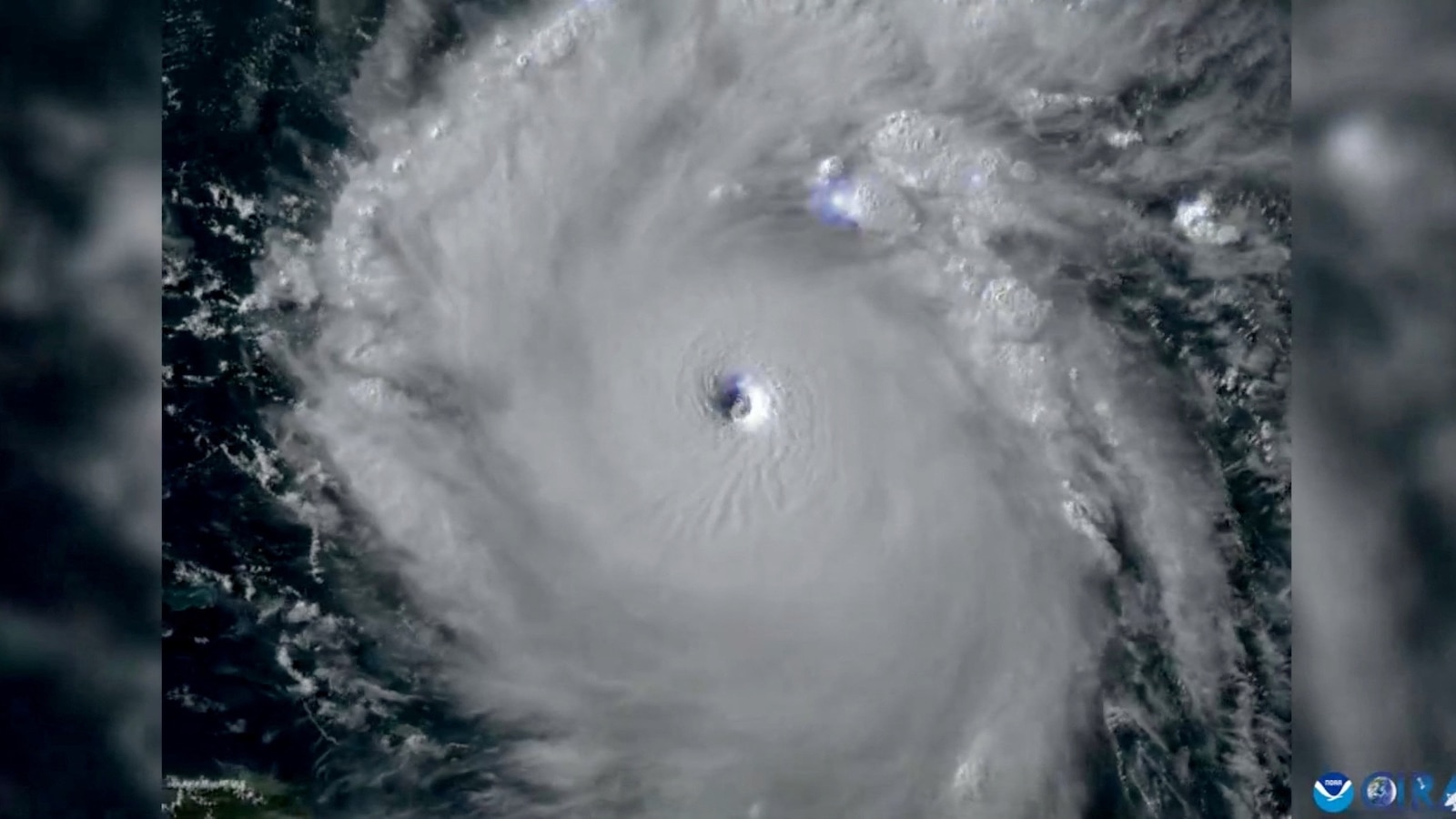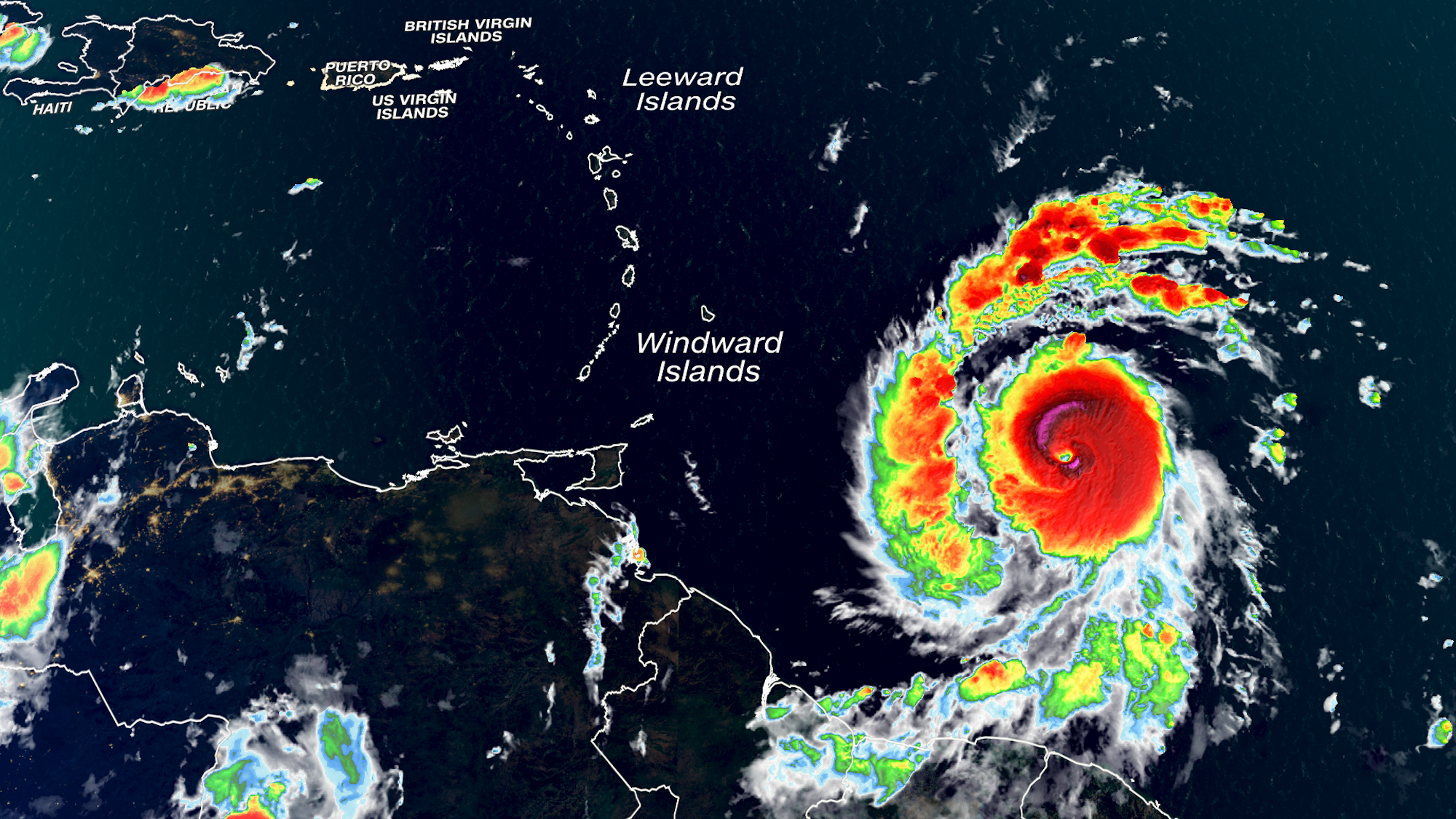Hurricane Beryl’s Impact on Jamaica
Hurricane beryl in jamaica – Hurricane Beryl, a Category 1 hurricane, made landfall in Jamaica on July 5, 2023, bringing with it strong winds, heavy rainfall, and storm surge. The hurricane’s path took it across the southern coast of the island, causing significant damage to infrastructure, property, and the environment.
The hurricane’s fury had subsided, leaving Jamaica battered but resilient. Amidst the rebuilding efforts, a different storm was brewing, a storm of misgendering and discrimination. Like the hurricane, it tore through the lives of innocent individuals, leaving scars that cut deep.
A flight attendant, whose identity had been wrongfully challenged, faced the same injustice that countless others had endured. Their story, a tale of misgendering , resonated with the Jamaican people, reminding them that the fight for equality was far from over.
The immediate effects of the hurricane included widespread power outages, downed trees and power lines, and flooding. Many homes and businesses were damaged or destroyed, and several roads and bridges were impassable. The hurricane also caused significant damage to the island’s agricultural sector, with many crops being destroyed.
Short-Term Humanitarian Crisis, Hurricane beryl in jamaica
The hurricane caused a short-term humanitarian crisis in Jamaica, with many people being displaced from their homes and in need of food, water, and shelter. The government and aid organizations worked to provide assistance to those affected by the hurricane, but the recovery process is expected to take some time.
Jamaica’s Response to Hurricane Beryl: Hurricane Beryl In Jamaica

In the face of Hurricane Beryl, Jamaica’s government swiftly implemented emergency preparedness measures, including issuing evacuation orders for vulnerable coastal areas and establishing shelters for those displaced. The National Disaster Management Office (NDMO) coordinated relief efforts, providing food, water, and medical assistance to affected communities.
Role of Local Communities and Organizations
Local communities played a vital role in supporting hurricane victims. Neighborhood watch groups assisted with evacuations, while churches and community centers offered shelter and meals. Non-profit organizations, such as the Jamaica Red Cross and Food for the Poor, provided essential supplies and financial aid to those in need.
Effectiveness of Jamaica’s Response
Jamaica’s response to Hurricane Beryl was largely effective in mitigating its impact. The timely evacuation orders and well-coordinated relief efforts helped minimize casualties and damage. However, areas for improvement include enhancing early warning systems and increasing the capacity of shelters to accommodate a larger number of evacuees.
Long-Term Recovery and Rebuilding in Jamaica

In the aftermath of Hurricane Beryl, Jamaica faced significant challenges in its long-term recovery and rebuilding efforts. These included extensive economic losses, infrastructure damage, and social disruption. The government implemented a comprehensive strategy to address these challenges, focusing on reconstruction, economic recovery, and community resilience.
Reconstruction Efforts
Reconstruction efforts in Jamaica following Hurricane Beryl focused on repairing and rebuilding damaged infrastructure, including roads, bridges, schools, and hospitals. The government allocated significant resources to these efforts, prioritizing the restoration of essential services and the rebuilding of communities.
The government also implemented a program to provide financial assistance to individuals and businesses affected by the hurricane. This assistance included grants for home repairs, loans for businesses, and support for farmers and agricultural workers.
Economic Recovery Programs
In addition to reconstruction efforts, the Jamaican government implemented a range of economic recovery programs to stimulate growth and create jobs. These programs included tax breaks for businesses, incentives for investment, and support for small businesses.
The government also worked with international organizations, such as the World Bank and the International Monetary Fund, to secure financial assistance for its recovery efforts.
Community Resilience Initiatives
Recognizing the importance of community resilience, the Jamaican government implemented a number of initiatives to strengthen communities and reduce their vulnerability to future disasters. These initiatives included:
- Community-based disaster preparedness programs
- Training for community leaders in disaster management
- Establishment of community emergency response teams
These initiatives aimed to empower communities to take ownership of their own disaster preparedness and response efforts.
Progress and Challenges
Jamaica has made significant progress in its long-term recovery and rebuilding efforts following Hurricane Beryl. Reconstruction efforts have restored essential services and infrastructure, while economic recovery programs have helped to stimulate growth and create jobs.
However, challenges remain. Some communities are still struggling to recover from the hurricane’s impact, and there is a need for continued support to ensure that all Jamaicans are able to rebuild their lives.
As Hurricane Beryl relentlessly pounded Jamaica, the people sought solace in their resilience. Amidst the devastation, a glimmer of hope emerged from the distant shores of Pittsburgh. The Pittsburgh Steelers , known for their unwavering spirit, inspired the people of Jamaica to face the storm with the same determination.
Just as the Steelers had triumphed over countless challenges, the people of Jamaica would rise above this adversity and rebuild their shattered lives.
